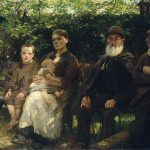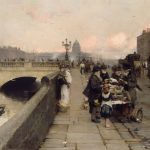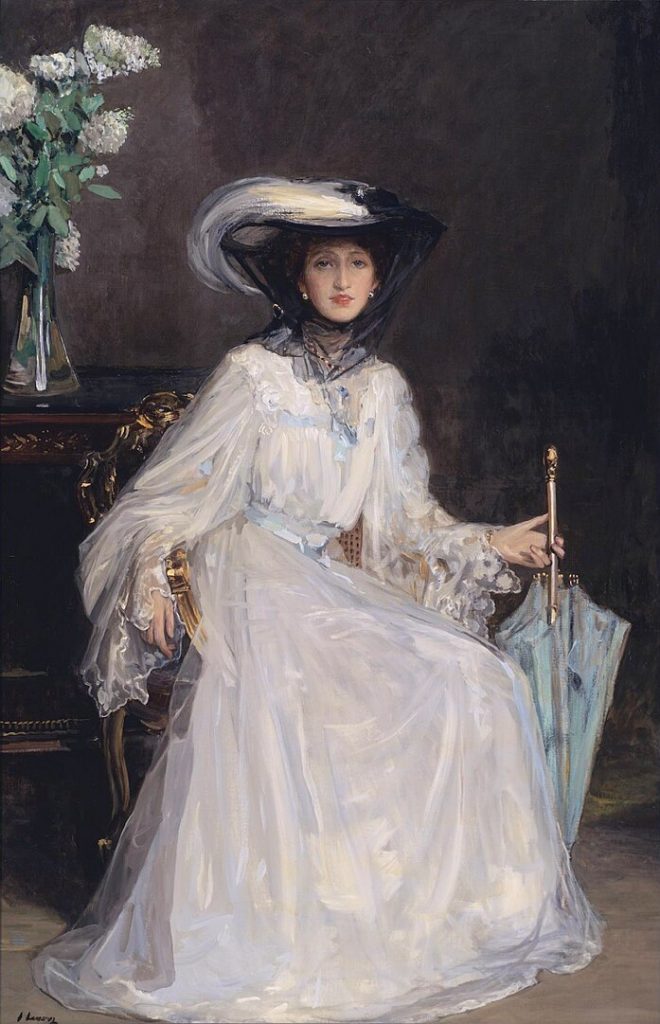
Sir John Lavery (1856-1941) was an Irish painter best known for his portraits and wartime depictions, as well as his role in documenting the early 20th century’s significant political and social events. Born in Belfast, Northern Ireland, Lavery’s early life was marked by tragedy with the loss of his parents, leading him to be raised by relatives. This formative period imbued in him a sense of resilience and independence that would later be reflected in his ambitious career.
Lavery’s artistic journey began at the Haldane Academy in Glasgow, and his education continued in London and Paris, where he was influenced by the Impressionist movement. His style evolved over time, characterized by a fluidity of brushwork, sophisticated use of light, and a keen eye for capturing the essence of his subjects. These early experiences in Europe’s art capitals were instrumental in shaping his artistic identity, integrating the techniques of Impressionism with his unique perspective.
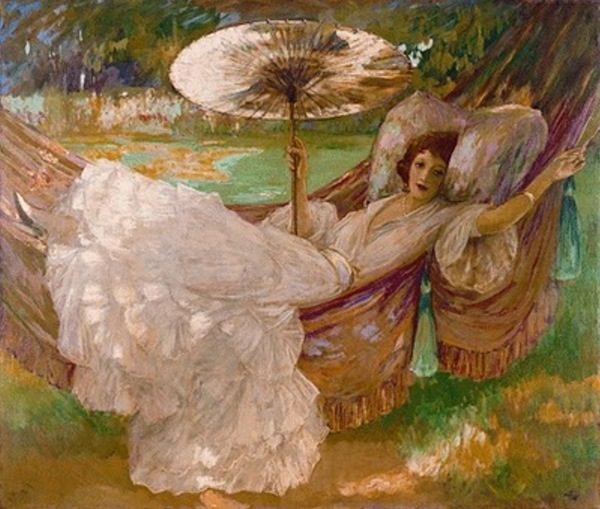
Returning to Glasgow, Lavery became a central figure in the Glasgow School, a group of artists committed to representing naturalistic scenes and everyday life with a vibrant, light-filled palette. His work from this period reflects a fascination with the effects of light and atmosphere, evident in his landscapes and domestic scenes that combine technical skill with emotional depth.
Famed for portraits
Lavery’s reputation as a portrait painter grew rapidly, leading to commissions from high society in Britain and abroad. His ability to capture the character and dignity of his subjects earned him accolades and the patronage of influential figures, including royalty, politicians, and celebrities of his time. His portraits are noted for their psychological depth and sensitivity, qualities that made him one of the most sought-after portraitists of his era.
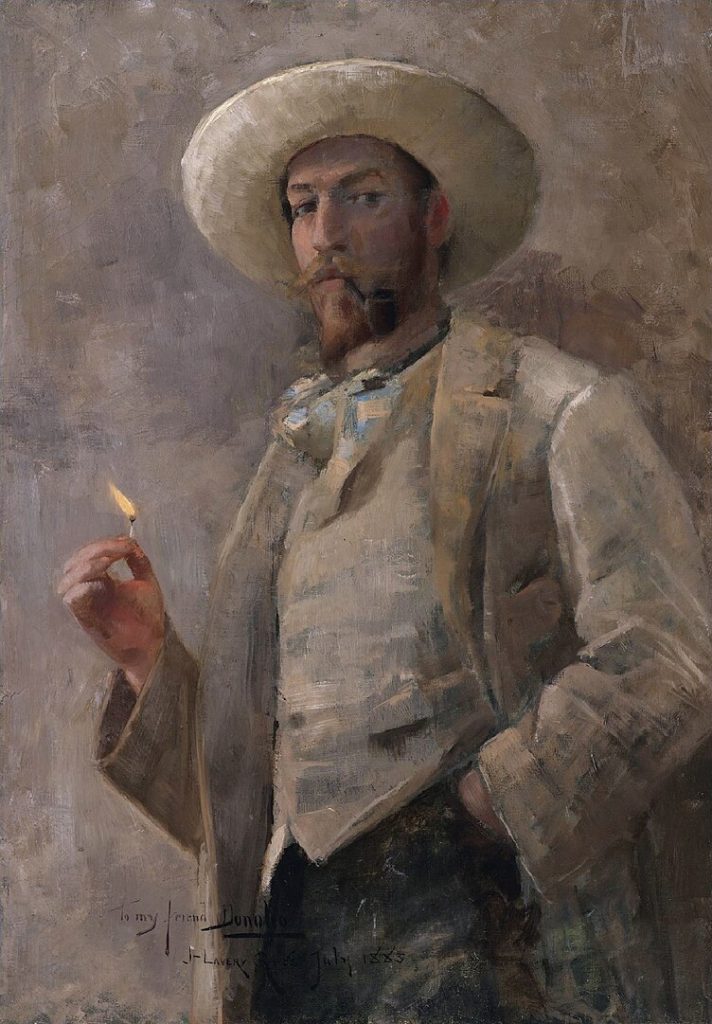
One of Lavery’s most significant contributions to art and history was his role as an official war artist during World War I. He documented scenes of conflict, the home front, and the aftermath of war, providing a poignant visual record of the era’s tumult and tragedy. These works stand as a testament to his skill in conveying the human aspect of war, highlighting both the resilience and the suffering of individuals affected by it.
In addition to his war paintings, Lavery played a crucial role in the Irish political landscape. He was intimately involved in the tumultuous events of early 20th-century Ireland, including the Irish War of Independence and the subsequent civil war. His 1929 portrait of Michael Collins, the Irish revolutionary leader, is among his most famous works, capturing Collins in a moment of reflection and complexity that embodies the broader struggles of the Irish people for independence.
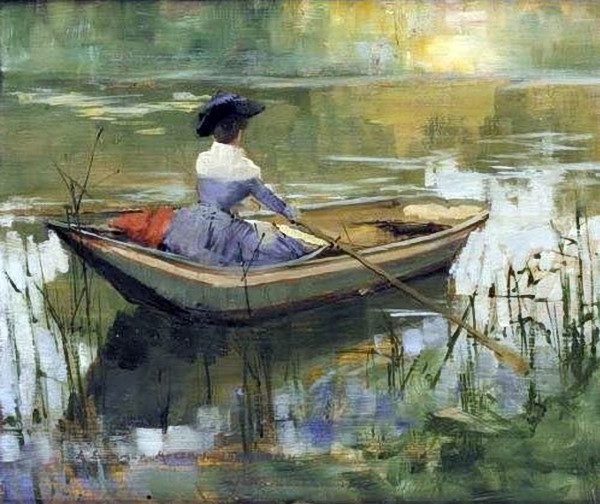
Lavery’s marriage to Hazel Martyn, an American woman who became an iconic figure in his paintings, further enriched his work. Hazel, often depicted in luxurious settings or in intimate, personal moments, became a muse who symbolized the blend of public stature and private life that characterized Lavery’s career. Their home in London became a gathering place for artists, writers, and political figures, reflecting the couple’s central role in cultural and social circles.
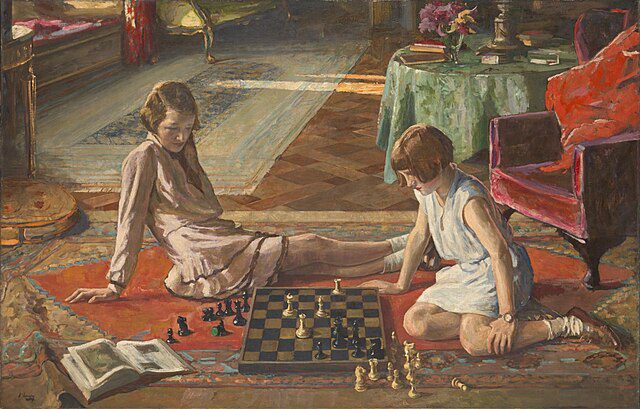
Throughout his life, Lavery traveled extensively, drawing inspiration from the landscapes and people he encountered. These experiences broadened his artistic repertoire, allowing him to experiment with different subjects and settings, from the serene lakes of Killarney in Ireland to the sun-drenched vistas of Morocco.
Sir lavery
Lavery was knighted in 1918 for his contributions to art and society, a recognition of his status as one of the leading figures of his generation. His works are held in prestigious collections worldwide, including the Tate Britain, the Ulster Museum, and the Hugh Lane Gallery in Dublin, ensuring his legacy as a pivotal figure in British and Irish art.
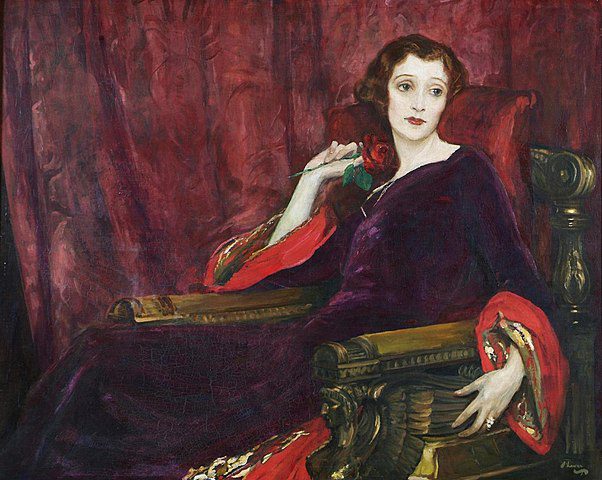
In conclusion, Sir John Lavery’s life and work embody the dynamic intersection of art, history, and society. His portraits and scenes of contemporary life offer a window into the cultural and political landscape of his time, marked by an enduring humanism and a deep commitment to capturing the essence of his era. Lavery’s artistic legacy, characterized by its breadth and depth, continues to be celebrated for its contribution to the understanding of a pivotal period in European history.



